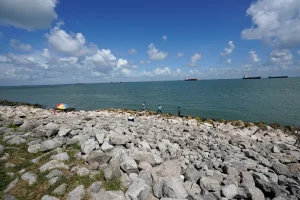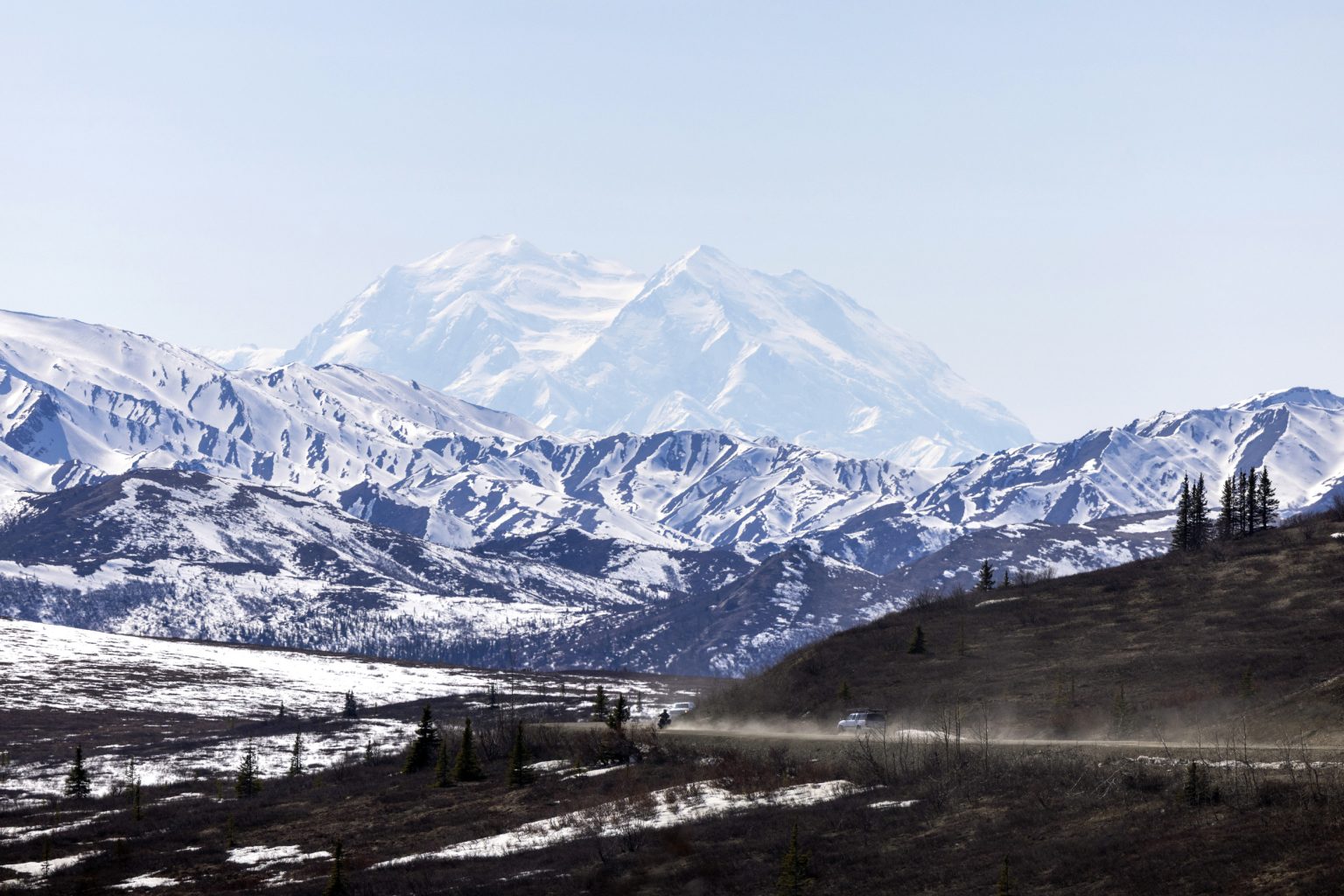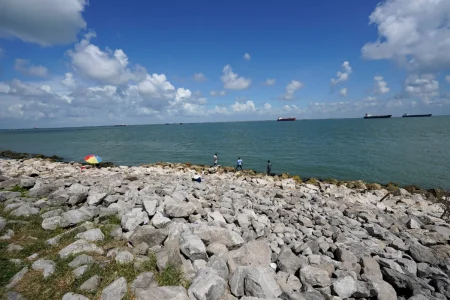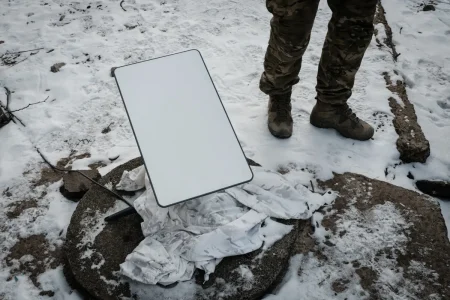Winter Weather Warnings: From Alaska’s Snowfall to Record Heat Across the U.S.
As autumn settles in across North America, weather patterns are creating a striking contrast between regions. In Alaska’s Denali Borough, residents are preparing for the season’s first significant snowfall, while parts of the Midwest brace for potentially record-breaking heat. Meanwhile, frost warnings emerge in Colorado, and dangerous rip currents threaten Florida’s eastern coastline. These diverse weather events highlight the complex climate transitions that occur during seasonal changes across the continent.
The National Weather Service (NWS) has issued a winter weather advisory for Northern and Southern Denali Borough in Alaska until Saturday noon local time. Communities including Healy, Cantwell, Kantishna, Carlo Creek, and Denali National Park could see snow accumulations between 1 to 3 inches. The Parks Highway between mileposts 202 and 288 is particularly concerning for travelers, as the NWS warns that “roads, and especially bridges and overpasses, will likely become slick and hazardous.” The timing couldn’t be more challenging for commuters, as the conditions could impact both Friday morning and evening travel. Local authorities are advising residents to exercise caution, reduce speed, and check road conditions by calling 511 before venturing out. Weather experts note that “snow will struggle to accumulate during the day, as it will melt on contact initially,” with most accumulation expected overnight, followed by potential refreezing on Friday and Saturday nights.
While Alaskans prepare for winter conditions, Colorado’s central San Luis Valley faces a different seasonal challenge. The NWS has issued a frost advisory for areas below 8,500 feet, including Alamosa, effective from 3 a.m. to 9 a.m. local time. With temperatures expected to dip as low as 32 degrees Fahrenheit, the formation of frost could damage vulnerable plant life. Gardeners and agricultural workers in the region are being warned that “sensitive outdoor plants may be killed if left uncovered,” prompting many to take protective measures for vegetation that hasn’t yet completed its growing season. This early frost serves as a reminder of the transitional nature of autumn weather and the need for preparedness as winter approaches the Rocky Mountain region.
In stark contrast to the wintry conditions in Alaska and the frost warnings in Colorado, parts of the Midwest and Plains states are experiencing unseasonably hot temperatures. According to AccuWeather forecasts, the weekend could bring temperatures approaching 100 degrees Fahrenheit across the Mississippi Valley and Plains, potentially shattering heat records that have stood for 86 years. Cities particularly at risk for record-breaking heat include Omaha, Nebraska; St. Louis, Missouri; and Des Moines, Iowa. This heat dome arriving in late September represents an unusual weather pattern that meteorologists are monitoring closely. The extreme temperature variations across the country highlight the volatility of weather during seasonal transitions and may reflect broader climate patterns that are becoming more pronounced in recent years.
Florida residents face an entirely different weather concern as the NWS has issued warnings for dangerous rip currents along the state’s eastern beaches. More than one million residents are being urged to stay out of the water due to these powerful, narrow channels of water flowing away from shore. Rip currents can pull even strong swimmers far from the beach and contribute to drowning fatalities when people panic or become exhausted fighting the current. The warnings come during what would typically be a popular beach weekend, forcing many to reconsider their recreational plans. Beach safety officials remind visitors that if caught in a rip current, the best strategy is to swim parallel to the shore until free from the current, rather than attempting to swim directly against it back to shore.
Looking ahead, weather patterns are expected to normalize somewhat in the coming days. In Alaska, The Weather Channel forecasts a mixture of sunshine and showers for Sunday, with temperatures ranging between 35 and 50 degrees Fahrenheit. Monday will likely bring cloudy conditions, though temperatures could reach a milder 54 degrees. For the Midwest heat wave, meteorologists anticipate a cooling trend by mid-week as a cold front moves through the region, bringing more seasonable temperatures. Colorado’s frost risk should diminish as overnight temperatures rise slightly in the coming days. Florida’s rip current warnings will remain dependent on ocean conditions and may persist if offshore storms continue to influence coastal waters. As autumn progresses, these regional weather contrasts serve as a reminder of North America’s diverse climate zones and the importance of staying informed about local conditions during seasonal transitions.













